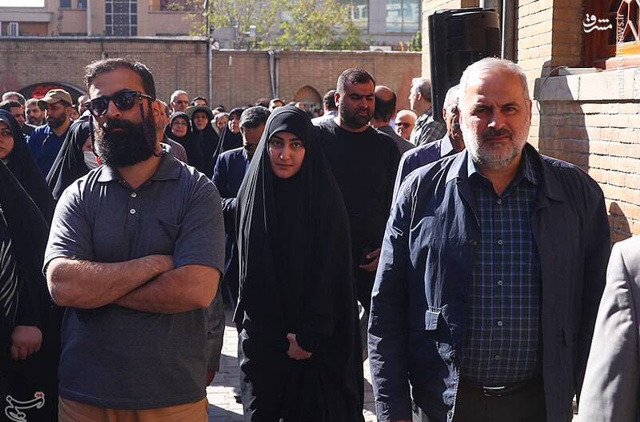Instead of a burial, some families choose cremation, followed by a memorial service or scattering of ashes at a meaningful location. Increasingly popular, these are positive, uplifting gatherings that focus on joy, gratitude, and fond memories rather than sorrow. Different cultures honor their deceased in diverse ways — from candlelight vigils and ancestral offerings to music, dance, and storytelling that keep the person’s spirit alive in memory. A funeral ceremony is not only about saying goodbye — it’s also about expressing love, gratitude, and respect for the person who has passed away.
Many funeral directors and celebrants offer guidance to help families create a ceremony that is both meaningful and comforting. Human beings have long turned to ritual as a way to cope with loss. A funeral’s structure — from gathering, speaking, and reflecting to the final farewell — helps people process grief in stages. Even simple acts, like placing a flower on a casket or sharing a meal afterward, can bring profound emotional release and closure. It provides a structured space for emotions that can otherwise feel overwhelming.


